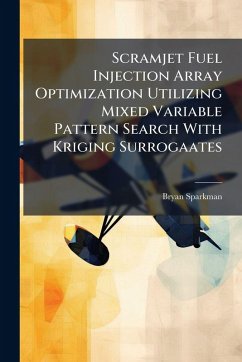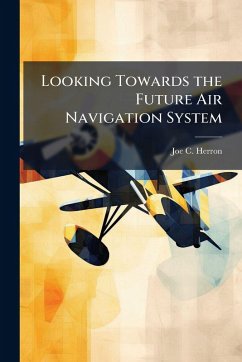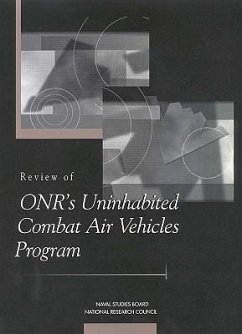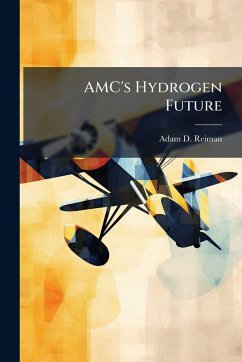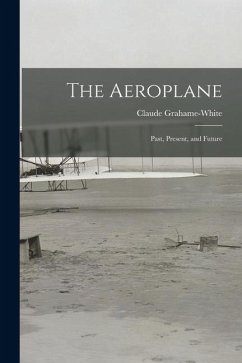
The Future of USAF Combat Search and Rescue
Versandkostenfrei!
Versandfertig in über 4 Wochen
15,99 €
inkl. MwSt.
Weitere Ausgaben:

PAYBACK Punkte
8 °P sammeln!
The genesis of this paper is based on the following concept. The need to recover isolated personnel quickly and reliability raises many policy issues about U.S. combat air search and rescue forces, not the least of which relate to the suitability of their aircraft fleet. Along these lines, this study asks the question of whether the USAF should be satisfied with its helicopter-based CSAR force for the indefinite future, or whether it should make definite plans to replace those helicopters expeditiously with tiltrotor aircraft, probably the Bell-Boeing V-22 Osprey. The first part of this paper ...
The genesis of this paper is based on the following concept. The need to recover isolated personnel quickly and reliability raises many policy issues about U.S. combat air search and rescue forces, not the least of which relate to the suitability of their aircraft fleet. Along these lines, this study asks the question of whether the USAF should be satisfied with its helicopter-based CSAR force for the indefinite future, or whether it should make definite plans to replace those helicopters expeditiously with tiltrotor aircraft, probably the Bell-Boeing V-22 Osprey. The first part of this paper analyses the role CSAR has played in the Air Force's past and the current and future requirements of USAF CSAR forces. The conclusions reached are that both historically in times of conflict and in today's operational environment a requirement existed and will continue to exist for CSAR capabilities. Additionally, the need to react quickly over greater distances will impact the structure of tomorrow's CSAR forces. The second part of the paper analyses the impact of speed, range and survivability on the success or failure of rescue operations through the use of three case studies. The case studies indicate that in varying degrees both the planning and probability of success of rescue missions are influenced by the effects of speed, range and survivability. From a strict operational viewpoint, an aircraft that has increased speed, range and survivability would be more flexible and capable in the CSAR mission. This work has been selected by scholars as being culturally important, and is part of the knowledge base of civilization as we know it. This work was reproduced from the original artifact, and remains as true to the original work as possible. Therefore, you will see the original copyright references, library stamps (as most of these works have been housed in our most important libraries around the world), and other notations in the work. This work is in the public domain in the United States of America, and possibly other nations. Within the United States, you may freely copy and distribute this work, as no entity (individual or corporate) has a copyright on the body of the work. As a reproduction of a historical artifact, this work may contain missing or blurred pages, poor pictures, errant marks, etc. Scholars believe, and we concur, that this work is important enough to be preserved, reproduced, and made generally available to the public. We appreciate your support of the preservation process, and thank you for being an important part of keeping this knowledge alive and relevant.




